Ottawa, the capital city of Canada, boasts a diverse and intriguing architectural landscape that reflects the nation’s history, culture, and political significance. The city’s architecture is a harmonious blend of historic and modern elements, with a strong emphasis on government buildings, national museums, and cultural landmarks. Here is a brief description of some of Ottawa’s notable architectural features:
- Parliament Hill: At the heart of the city stands Parliament Hill, a historic complex that houses the Canadian Parliament. The Gothic Revival-style Centre Block, with its iconic Peace Tower, is a prominent feature, characterized by pointed arches, intricate stonework, and intricate detailing. Surrounding it are the East and West Blocks, where various government offices are located. Parliament Hill offers a stunning view of the Ottawa River and the cityscape.
- National Gallery of Canada: Designed by architect Moshe Safdie, the National Gallery of Canada is an impressive example of contemporary architecture. The building’s glass and granite exterior is striking, and the Great Hall, with its massive spider-like sculpture called “Maman” by Louise Bourgeois, is a highlight of the interior.
- Château Laurier: This grand hotel, designed by Thomas Fuller and Chilion Jones, is a beautiful example of château-style architecture. The Fairmont Château Laurier is known for its elegant turrets, copper roofs, and stunning views of Parliament Hill.
- National Arts Centre: The National Arts Centre is a modern architectural gem, featuring a glass and granite façade designed by Fred Lebensold. The building is renowned for its unique hexagonal shape and its role in showcasing performing arts in the city.
- Rideau Hall: The official residence of the Canadian monarch and the Governor General of Canada, Rideau Hall is an elegant example of Georgian Revival architecture. Its beautiful grounds and historic building are open to the public and showcase a more traditional style compared to many of Ottawa’s other structures.
- ByWard Market: The ByWard Market is an area of historic buildings and cobblestone streets that have been transformed into a lively market district. The architecture here ranges from Victorian and Edwardian to modern, creating a charming and eclectic atmosphere.
- National War Memorial: Situated in Confederation Square, this landmark features a soaring granite arch and bronze sculptures. It serves as a significant tribute to Canada’s military heritage and those who have served the country.
- Library and Archives Canada: The design of this modern building, with its glass façade and angular lines, represents the contemporary aspect of Ottawa’s architecture. It houses a vast collection of Canadian historical documents and serves as a research hub.
- Ottawa City Hall: The new Ottawa City Hall, designed by Kuwabara Payne McKenna Blumberg Architects, is a sleek, modern structure featuring glass walls and distinctive wood accents. It stands in contrast to the older, more traditional government buildings in the city.
Ottawa’s architecture reflects the city’s dual role as the political center of Canada and a place where history, culture, and art are celebrated. The mix of historical and modern styles, along with the scenic backdrop of the Ottawa River, contributes to the city’s unique and captivating architectural character.

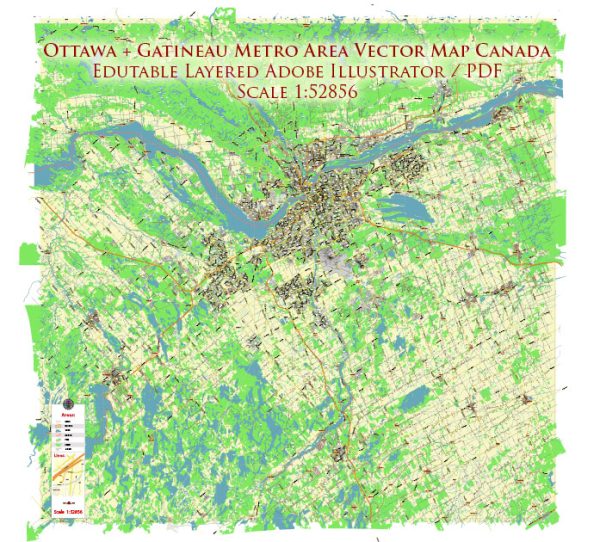
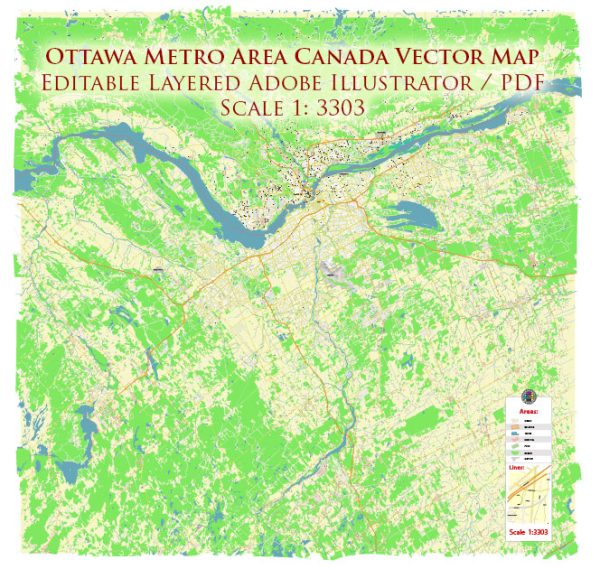
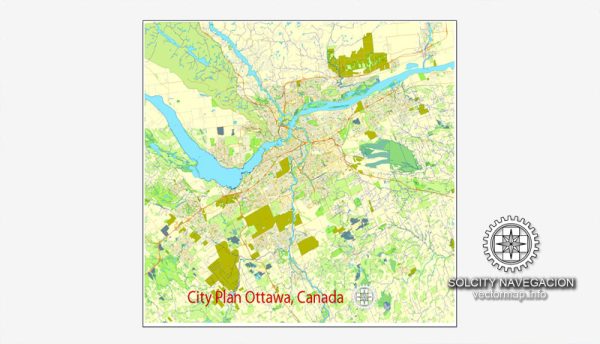
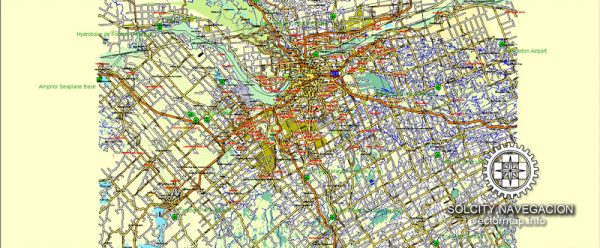
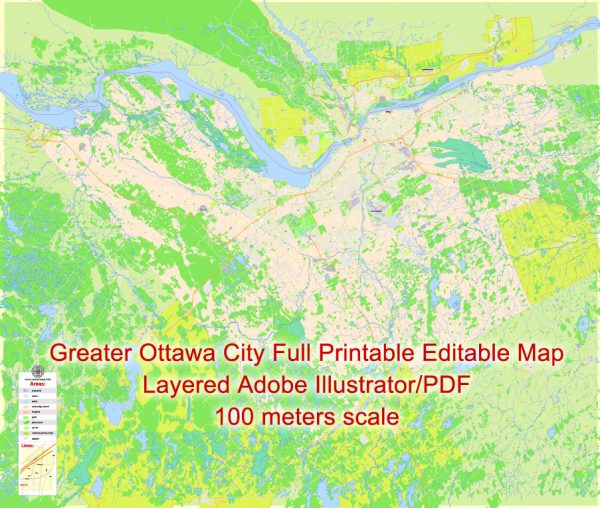
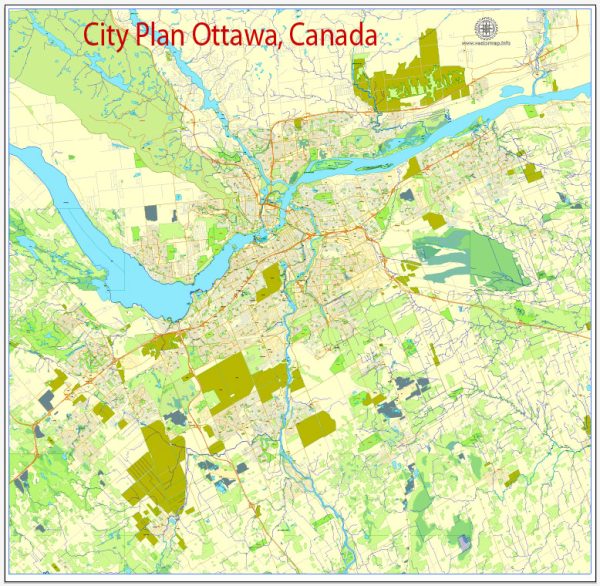
 Author: Kirill Shrayber, Ph.D.
Author: Kirill Shrayber, Ph.D.